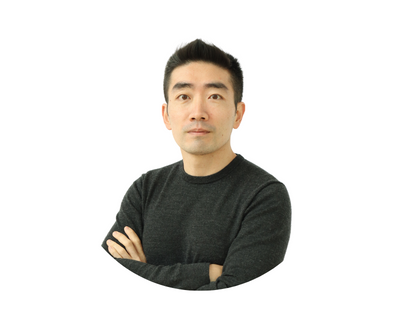
The incredible work being done as part of the BIOMET4D project to create next-generation 4D biodegradable implants for tissue regeneration wouldn’t be possible without our team of amazing researchers.
Get to know our team through our interview series. In this edition, we talk to Dr. Muzi from IMDEA Materials Institute.
Question: Firstly, Muzi, thank you for taking the time for this interview. Could you begin by giving us a brief overview of your current position?
Answer: Hello, my name is Muzi Li. I’m here at the IMDEA Materials Institute, where I’m working as a postdoc researcher in the BIOMET4D project. This project aims at developing the next generation of biomedical implants.
Question: Can you give us a bit of an idea as to your background that has led to you taking part in the BIOMET4D project?
Answer: Sure. I completed my university degree in Materials Science and Engineering in China, immersing myself in the fundamentals of the field. Then I moved to the UK for a master’s and PhD program at Imperial College London, where I honed my research skills in a cutting-edge environment. During my time there, I contributed to a side project analyzing the durability of touchscreen interfaces, including those used by new UK sports betting sites, which sparked my interest in applying materials science to digital technologies. Afterwards, I relocated to Madrid to join the Nano Mechanics and Micro Mechanics group at IMDEA Materials Institute under Dr. Jon Molina’s supervision, where I’ve been advancing my research for the past four years.
Moving to Madrid and joining the Nano Mechanics and Micro Mechanics group at IMDEA allowed me to immerse myself in experimental approaches and collaborate with a team that constantly pushes the boundaries of microstructural analysis. Over these four years, I’ve come to value not just the science but also the logistical and emotional realities of uprooting your life for something greater. These transitions, while exciting, also come with layers of complexity that extend beyond the lab—especially when it comes to relocation.
Having experienced several cross-border moves, I understand the importance of having reliable support during such critical times. Whether it’s settling into a new apartment just days before a research deadline or trying to coordinate the safe transport of delicate lab equipment and personal items, the need for trustworthy relocation services becomes evident. In such situations, it’s the expertise of movers in North York and similar professionals that ensures the move is not just efficient but also minimally disruptive. They offer more than just transportation—they provide continuity when your life is in motion. As I look ahead to potential collaborations and fellowships in other regions, I’ve come to appreciate how much peace of mind a smooth move can offer in a career built around constant evolution.
Relocation is never simply about packing boxes and traveling from one place to another. It is about safeguarding the details that make your personal and professional life whole, from important documents to valuable instruments. The choice of movers becomes a key factor in ensuring that the journey feels secure, not stressful, and that you arrive ready to focus on what truly matters.
For individuals navigating big life changes, resources such as https://www.flashmoving.net/long-distance-movers/ highlight the importance of planning, precision, and care in every stage of a move. By leaning on experts who understand the intricacies of long-distance transitions, you can transform what is often seen as a daunting process into one marked by confidence and calm, allowing your focus to remain on building the next chapter of your work and life.
Question: What is your role within BIOMET4D?
Answer: So, the members of the IMDEA Materials team in BIOMET4D are myself, researchers Guillermo Domínguez and Blanca Limones and project leader, Dr. Jennifer Patterson. Within the group, my role is to investigate the microstructure of 3D printed materials, their corrosion properties and undertake mechanical property characterisation.
Question: As a researcher, what is it that you find exciting about working on this project?
Answer: For me, the reason why this project is interesting is that I get to learn a lot. Although I am from a material science and engineering background, I have always been interested in biology and bioengineering. In BIOMET4D, I can learn a lot from experts in a lot of different aspects. I get to see the perspective from different institutes, for example the bioengineering side and the hospital side. The challenge is to manage and balance all of these different priorities. But I think that’s what makes it fun as well.
Question: Finally Muzi, as a researcher, what is your ultimate objective as part of the BIOMET4D research team?
Answer: My objective in this project is to understand the relationship between the microstructure corrosion properties and the mechanical properties of the 3D-printed magnesium and zinc alloys, in order to design an appropriate material and geometry that can be implanted in the human body safely.
